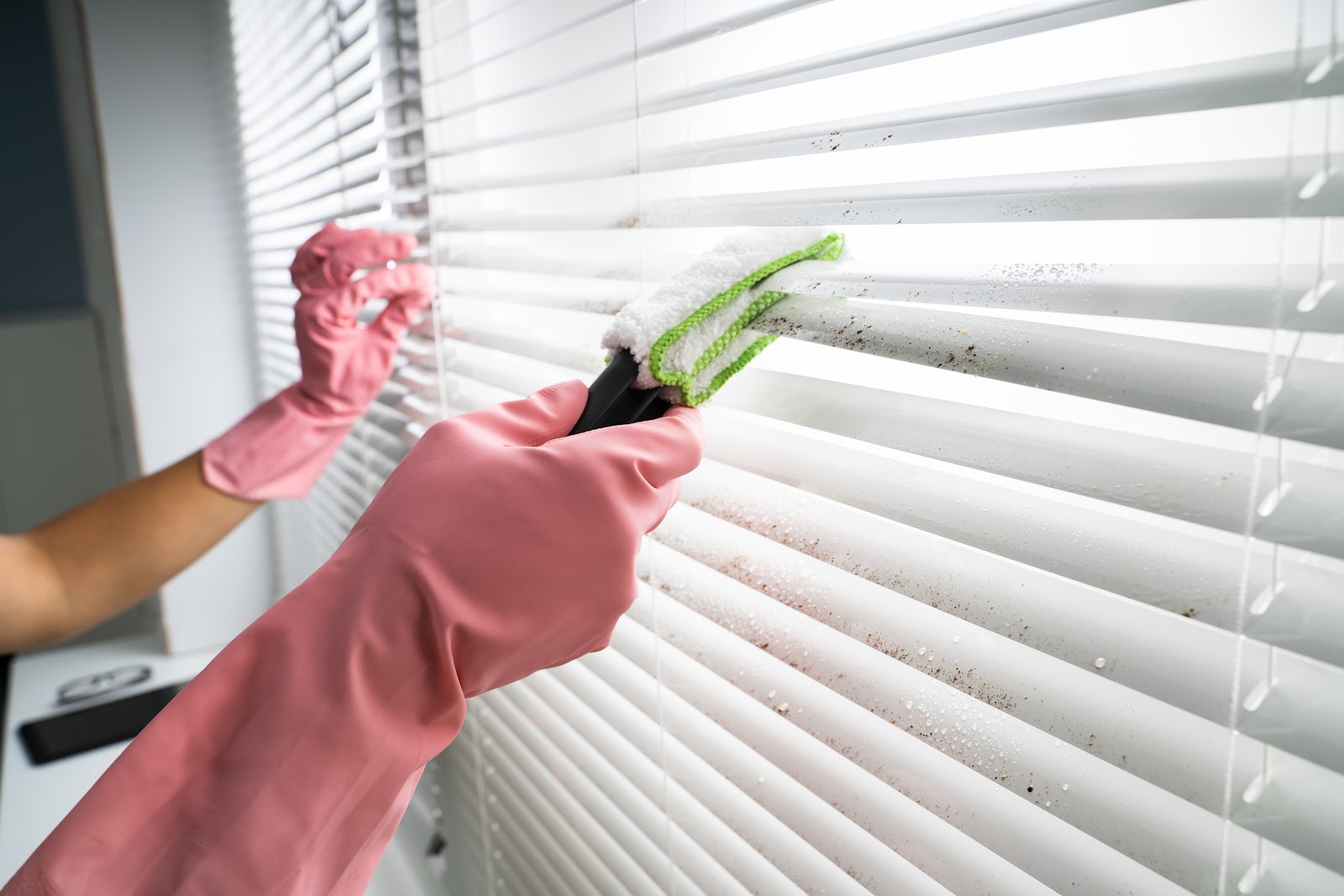

Articles
How To Clean Dust Off Blinds
Modified: February 24, 2024
Discover effective methods for cleaning dust off blinds in this informative articles. Keep your blinds looking fresh and clean with these simple tips.
(Many of the links in this article redirect to a specific reviewed product. Your purchase of these products through affiliate links helps to generate commission for Storables.com, at no extra cost. Learn more)
Introduction
Blinds are a popular window treatment option due to their versatility and ability to control the amount of sunlight entering a room. However, over time, they can accumulate a significant amount of dust and dirt. Not only does this affect the appearance of your blinds, but it can also impact the air quality in your home. Regularly cleaning your blinds is essential to maintain their functionality and keep your living space clean and healthy.
In this article, we will guide you on how to effectively clean dust off blinds. We will provide step-by-step instructions and highlight different tools and techniques that can be used to achieve spotless and dust-free blinds. Whether you have horizontal blinds, vertical blinds, or roller blinds, these cleaning methods apply to all types of blinds.
Before diving into the cleaning process, it’s worth mentioning that regular maintenance and preventive measures can help minimize dust buildup on your blinds. Simple habits such as dusting your blinds once a week or keeping windows closed during dusty days can go a long way in keeping your blinds cleaner for longer periods.
Now, let’s explore the tools and materials you’ll need to get started with cleaning your blinds.
Key Takeaways:
- Regularly cleaning your blinds is essential to maintain their functionality, improve air quality, and enhance the appearance of your living space. Use gentle methods like feather dusters and microfiber cloths to keep your blinds dust-free.
- Prevent dust buildup on blinds by incorporating simple habits like regular dusting, keeping windows closed on dusty days, and utilizing air purifiers. These preventive measures can reduce the frequency of deep cleaning and maintain cleaner blinds for longer periods.
Read more: How To Clean Dust Off Ceiling Fan
Why is it important to regularly clean blinds?
Regularly cleaning your blinds is crucial for several reasons. Let’s take a look at why it’s important to include blind cleaning in your regular household maintenance routine:
- Maintain Indoor Air Quality: Blinds can accumulate a significant amount of dust, pollen, and other allergens over time. When these particles are left unchecked, they can circulate in the air whenever you open or close your blinds. Regularly cleaning your blinds helps to remove these pollutants, ensuring cleaner and healthier indoor air quality.
- Prolong the Lifespan of Your Blinds: Dust particles can be abrasive and cause damage to the material of your blinds. Over time, this can lead to fading, discoloration, and even deterioration of the blinds. By regularly cleaning your blinds, you can prevent the accumulation of dust and debris that can cause long-term damage, ultimately extending the life of your blinds.
- Enhance the Appearance of Your Space: Clean blinds can significantly improve the overall aesthetic appeal of your living space. Dusty blinds can make a room look dull and unkempt, diminishing the overall ambiance of your home. By keeping your blinds clean and dust-free, you create a fresh and inviting atmosphere.
- Improve the Functionality of Your Blinds: Dust buildup on blinds can hinder their functionality. Over time, the dust can make the blinds sticky or cause them to operate less smoothly. By regularly cleaning your blinds, you ensure that they continue to function properly, allowing you to effortlessly adjust the level of privacy and light in your space.
As you can see, there are numerous benefits to regularly cleaning your blinds. It not only improves the appearance of your home but also contributes to a healthier living environment. Now, let’s move on to the tools and materials you’ll need to effectively clean your blinds.
Tools and materials needed for cleaning blinds
Before you start cleaning your blinds, ensure that you have the following tools and materials on hand:
- Feather duster: A feather duster is a versatile tool that can effectively remove light dust and debris from blinds. Opt for a duster with soft and fine feathers to prevent scratching or damaging the blinds.
- Microfiber cloth: Microfiber cloths are excellent for capturing and holding onto dust particles. They are gentle on blinds and can be used for both dry and wet cleaning methods.
- Vacuum cleaner with brush attachment: A vacuum cleaner with a brush attachment can be used to remove stubborn dust and dirt from blinds. The brush attachment helps agitate the dust, making it easier to vacuum away.
- Bucket: A bucket will come in handy if you decide to clean your blinds with a vinegar solution or any other cleaning agent. It allows you to mix the solution and dip your cloth or sponge into it for effective cleaning.
- Cleaning solution: Depending on your preference, you can use a mild detergent, vinegar solution, or a specialized blind cleaner. These cleaning solutions help to break down stubborn dirt and stains on the blinds.
- Gloves: Wearing gloves can protect your hands from any cleaning agents or chemicals you may use during the cleaning process.
- Ladder or step stool: If you have tall windows or high blinds, you may need a ladder or step stool to safely reach and clean your blinds.
Having these tools and materials prepared before you start cleaning your blinds will ensure a smooth and efficient cleaning process. In the following sections, we will explore different cleaning methods using these tools. Let’s begin with using a feather duster.
How to clean blinds with a feather duster
Cleaning blinds with a feather duster is a quick and easy method to remove light dust and debris. Here’s a step-by-step guide on how to clean blinds using a feather duster:
- Begin by fully extending your blinds so they are in a horizontal position.
- Put on a pair of gloves to protect your hands during the cleaning process.
- Starting from the top of the blinds, gently run the feather duster along each individual slat, moving from one end to the other.
- Use a back-and-forth motion to ensure you capture all the dust on both sides of the slats.
- As you clean each slat, periodically shake the feather duster outside or over a trash can to remove the accumulated dust.
- Continue this process for each slat until you reach the bottom of the blinds.
- Once you finish cleaning one side of the blinds, rotate the slats to their opposite position and repeat the process to thoroughly clean the other side.
- After cleaning both sides, use the feather duster to brush along the headrail and any other areas where dust may have accumulated.
- For blinds with fabric vanes or cellular shades, gently sweep the feather duster across the surface, being careful not to snag or damage the material.
- Once you have finished dusting, give your feather duster a good shake outside to remove any trapped dust particles.
Cleaning your blinds with a feather duster should be done on a regular basis to prevent dust from building up. If you have stubborn dirt or stains on your blinds, you may need to use other cleaning methods, which we will explore in the following sections.
Next, we will look at how to clean blinds using a microfiber cloth.
How to clean blinds with a microfiber cloth
Cleaning blinds with a microfiber cloth is another effective method for removing dust and dirt. Follow these steps to clean your blinds using a microfiber cloth:
- Start by fully extending your blinds, positioning them horizontally for easy access to each slat.
- Put on a pair of gloves to protect your hands during the cleaning process.
- Dampen the microfiber cloth with water or a mild cleaning solution. Make sure the cloth is not dripping wet, as this can cause damage to the blinds.
- Starting from the top, grip each individual slat between your thumb and the microfiber cloth.
- Gently slide the cloth along the slat, applying slight pressure to remove any dust or grime.
- Move from one end of the blind to the other, cleaning each slat thoroughly.
- If the cloth becomes dirty or saturated, rinse it out or use a clean section of the cloth to avoid spreading dirt onto the blinds.
- For blinds with fabric vanes or cellular shades, gently wipe the microfiber cloth across the surface, being cautious not to snag or damage the material.
- Periodically rinse or change the cloth as needed to ensure effective cleaning.
- After cleaning one side of the blinds, rotate the slats to their opposite position and repeat the process to clean the other side.
- Once you have finished cleaning all the slats, use the microfiber cloth to wipe along the headrail and any other areas where dust may have accumulated.
- Allow the blinds to air dry completely before closing or operating them.
Cleaning your blinds with a microfiber cloth is an efficient and gentle method that can be done regularly to maintain their cleanliness. However, for blinds with heavy dust buildup or stubborn stains, you may need to employ other cleaning techniques, which we will explore in the upcoming sections.
Next, we will discuss how to use a vacuum cleaner to clean blinds.
Use a microfiber cloth or a duster to gently wipe the dust off the blinds. For stubborn dirt, mix water and mild dish soap, then gently wipe with a cloth.
Read more: How To Clean Mold Off Blinds
Using a vacuum cleaner to clean blinds
Cleaning blinds with a vacuum cleaner is an effective method to remove stubborn dust and debris. Here’s a step-by-step guide on how to clean blinds using a vacuum cleaner:
- Ensure your vacuum cleaner is equipped with a brush attachment. This attachment is designed to gently agitate the dust and dirt on the blinds.
- Start by fully extending your blinds, positioning them horizontally for easy access to each slat.
- Put on a pair of gloves to protect your hands from the vacuum’s suction.
- Hold the brush attachment against each slat of the blinds, starting from the top and moving to the bottom.
- Gently move the brush attachment back and forth on each slat, allowing the vacuum to suck up the loosened dust and dirt. Be careful not to press too hard or bend the slats.
- Work your way across each slat, ensuring you cover both sides.
- For blinds with fabric vanes or cellular shades, use the brush attachment to gently sweep along the surface, being cautious not to snag or damage the material.
- After cleaning one side of the blinds, rotate the slats to their opposite position and repeat the process to clean the other side.
- Once you finish vacuuming the slats, use the brush attachment to clean the headrail and any other areas where dust may have accumulated.
- Empty the vacuum cleaner’s dust canister or change the bag to prevent any dust from spreading back into your home.
- For blinds with heavy dirt or stains, consider using a damp microfiber cloth or a cleaning solution after vacuuming to achieve a thorough cleaning.
Using a vacuum cleaner with a brush attachment is an efficient way to remove stubborn dust, dirt, and allergens from your blinds. Regular vacuuming helps in maintaining a clean and healthy living environment.
Next, we will explore how to clean blinds using a vinegar solution, which can effectively remove grease and grime.
Cleaning blinds with a vinegar solution
Cleaning blinds with a vinegar solution is a natural and effective method to remove grease, grime, and stubborn stains. Vinegar has antibacterial properties and is safe to use on various types of blinds. Here’s a step-by-step guide on how to clean blinds with a vinegar solution:
- Prepare a cleaning solution by mixing equal parts of white vinegar and water in a bucket. For heavily soiled blinds, you can increase the vinegar concentration.
- Start by fully extending your blinds, positioning them horizontally for easy access to each slat.
- Put on a pair of gloves to protect your hands during the cleaning process.
- Dampen a microfiber cloth or sponge in the vinegar solution. Make sure it’s not dripping wet.
- Starting from the top, grip each individual slat between your thumb and the cloth or sponge.
- Gently slide the cloth or sponge along each slat, applying light pressure to remove dirt, stains, and grime. For stubborn stains, you can let the vinegar solution sit for a few minutes before scrubbing.
- Continue this process for each slat until you reach the bottom of the blinds.
- If the cloth or sponge becomes dirty or saturated, rinse it out or use a clean section to avoid spreading dirt.
- For blinds with fabric vanes or cellular shades, lightly dab the vinegar solution onto the surface, taking care not to oversaturate the material.
- After cleaning one side of the blinds, rotate the slats to their opposite position and repeat the process to clean the other side.
- Once you have finished cleaning all the slats, use a clean, damp cloth to wipe away any remaining vinegar residue.
- Allow the blinds to air dry completely before closing or operating them.
Using a vinegar solution is an eco-friendly and cost-effective method to clean blinds. However, it’s important to test the solution on a small, inconspicuous area of your blinds before applying it to the entire surface.
In the next section, we will discuss how to remove stubborn dust and stains from blinds using additional cleaning techniques.
Removing stubborn dust and stains from blinds
Sometimes, blinds may have stubborn dust or stains that require additional cleaning techniques. Here are a few methods to remove stubborn dust and stains from blinds:
- Spot cleaning with a cloth: For localized stains or spots, dampen a cloth or sponge in a mild cleaning solution (such as dish soap mixed with water) and gently blot the affected area. Avoid rubbing vigorously, as it may damage the blinds.
- Using a fabric cleaner: If you have fabric blinds or shades, check if they are labeled as “dry clean only.” If so, it’s best to consult a professional cleaner for deep cleaning. If they are washable, follow the manufacturer’s instructions and machine or hand wash them accordingly.
- Removing grease with baking soda: For greasy blinds, sprinkle a small amount of baking soda onto a damp cloth and gently scrub the affected areas. This will help absorb the grease and freshen up the blinds.
- Steam cleaning: If you have a steam cleaner, you can use it to remove stubborn dirt and stains from blinds. Follow the manufacturer’s instructions for operating the steam cleaner and be cautious to prevent any damage to the blinds.
- Professional blind cleaning services: If your blinds require professional deep cleaning, consider hiring a blind cleaning service. They have the expertise and specialized equipment to effectively clean various types of blinds.
Remember to always follow the manufacturer’s instructions and test any cleaning method on a small, inconspicuous area before applying it to the entire blinds. Different types of blinds may have specific cleaning requirements, so it’s crucial to understand the proper cleaning techniques for your specific blinds.
Now that you’re equipped with various cleaning methods, let’s move on to some helpful tips for preventing dust buildup on blinds.
Tips for preventing dust buildup on blinds
Preventing dust buildup on blinds can save you time and effort in cleaning. Here are some useful tips to minimize dust accumulation on your blinds:
- Regular dusting: Make it a habit to dust your blinds regularly using a feather duster or microfiber cloth. This will help prevent the buildup of dust and keep your blinds cleaner for longer periods.
- Close windows during dusty days: When the weather is particularly dusty, keep your windows closed as much as possible. This will minimize the amount of airborne dust particles that settle on your blinds.
- Use air purifiers: Consider using air purifiers in your home to help reduce the amount of dust and allergens in the air, which can also contribute to dust buildup on blinds.
- Remove shoes at the entrance: Encourage family members and guests to remove their shoes at the entrance to prevent dirt and dust from being tracked into your home.
- Keep indoor plants away from blinds: Indoor plants can release dust and small particles into the air. Keep them at a safe distance from your blinds to minimize dust buildup.
- Install window screens: Window screens can act as a barrier, filtering out dust and dirt before they reach your blinds. Regularly clean and maintain window screens to ensure their effectiveness.
- Avoid harsh cleaning agents: Harsh chemicals and cleaning agents can damage blinds and attract more dust. Opt for mild cleaning solutions or natural alternatives like vinegar and water for a gentle yet effective clean.
- Regular vacuuming: Vacuum the floors and surfaces around your blinds to prevent dust from being blown onto them. A clean environment will contribute to cleaner blinds.
- Keep pets away from blinds: Pets can shed fur and dander, which can easily accumulate on blinds. Minimize contact between your pets and the blinds to reduce the amount of dust and allergens present.
- Close blinds when not in use: When your blinds are not needed, close them to minimize exposure to dust and prevent dust from settling on the surface.
By incorporating these tips into your routine, you can significantly reduce the amount of dust that accumulates on your blinds and make the cleaning process easier and more manageable.
Now, let’s summarize what we have covered in this article.
Conclusion
Regularly cleaning your blinds is crucial for maintaining their functionality, improving the air quality in your home, and enhancing the overall appearance of your living space. By following the proper cleaning techniques and using the right tools, you can effectively remove dust, dirt, and stains from your blinds.
In this article, we discussed various methods for cleaning blinds, including using a feather duster, a microfiber cloth, a vacuum cleaner, and a vinegar solution. Each method has its own advantages and can be selected based on your specific needs and the type of blinds you have.
We also provided tips for preventing dust buildup on blinds, such as regular dusting, keeping windows closed on dusty days, and utilizing air purifiers. By incorporating these preventive measures, you can reduce the frequency of deep cleaning and maintain cleaner blinds for longer periods.
Remember to always follow the manufacturer’s instructions, test cleaning solutions on a small area before applying them to the entire blinds, and take necessary precautions to protect your blinds from damage during the cleaning process.
By dedicating some time and effort to cleaning your blinds regularly, you’ll not only enhance the lifespan and aesthetics of your blinds but also create a cleaner and healthier living environment for you and your family.
So go ahead, gather your cleaning tools and materials, and start maintaining clean and dust-free blinds today!
Frequently Asked Questions about How To Clean Dust Off Blinds
Was this page helpful?
At Storables.com, we guarantee accurate and reliable information. Our content, validated by Expert Board Contributors, is crafted following stringent Editorial Policies. We're committed to providing you with well-researched, expert-backed insights for all your informational needs.



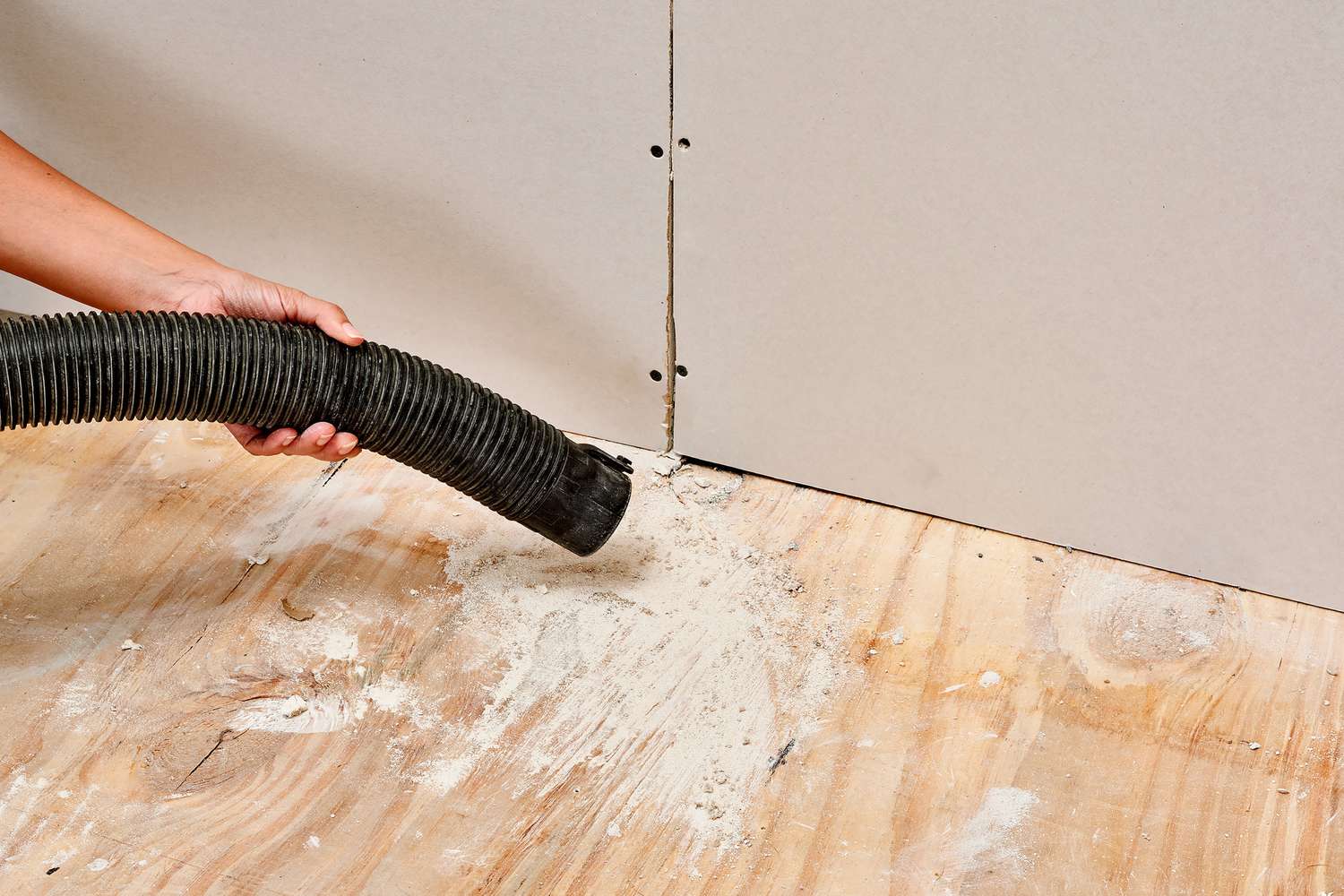
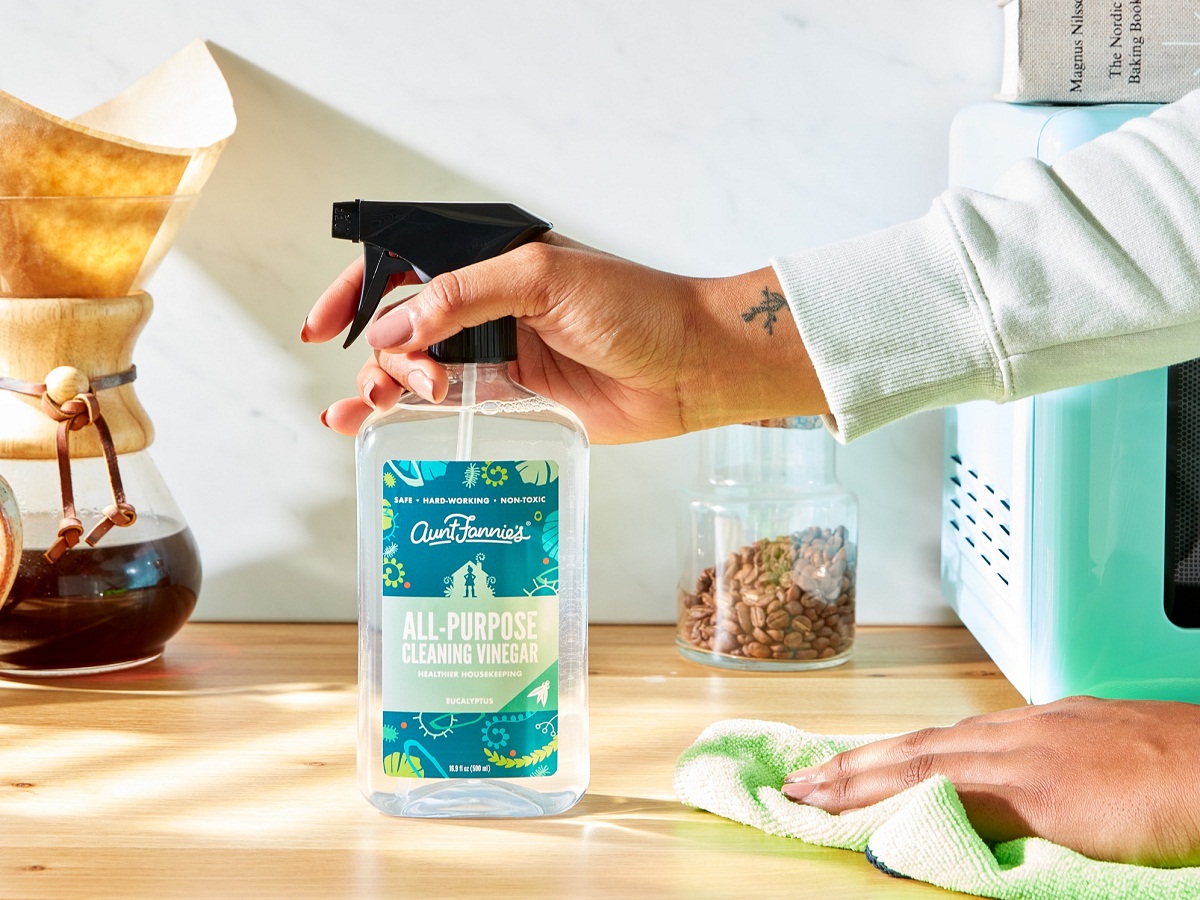



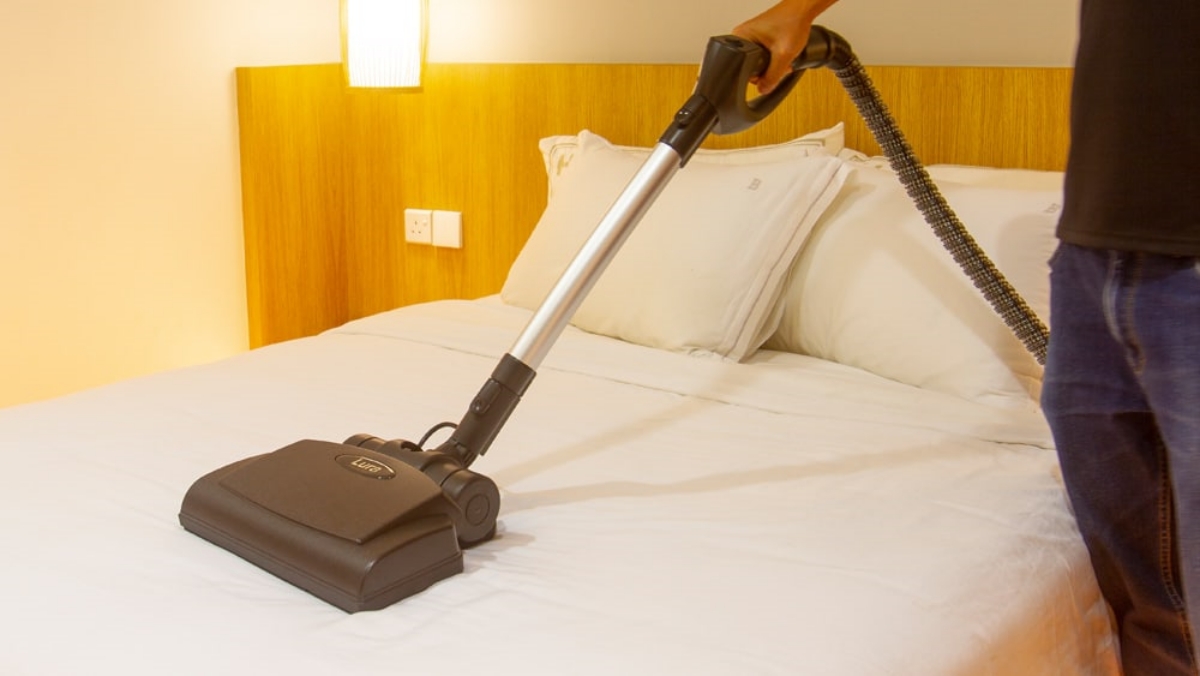
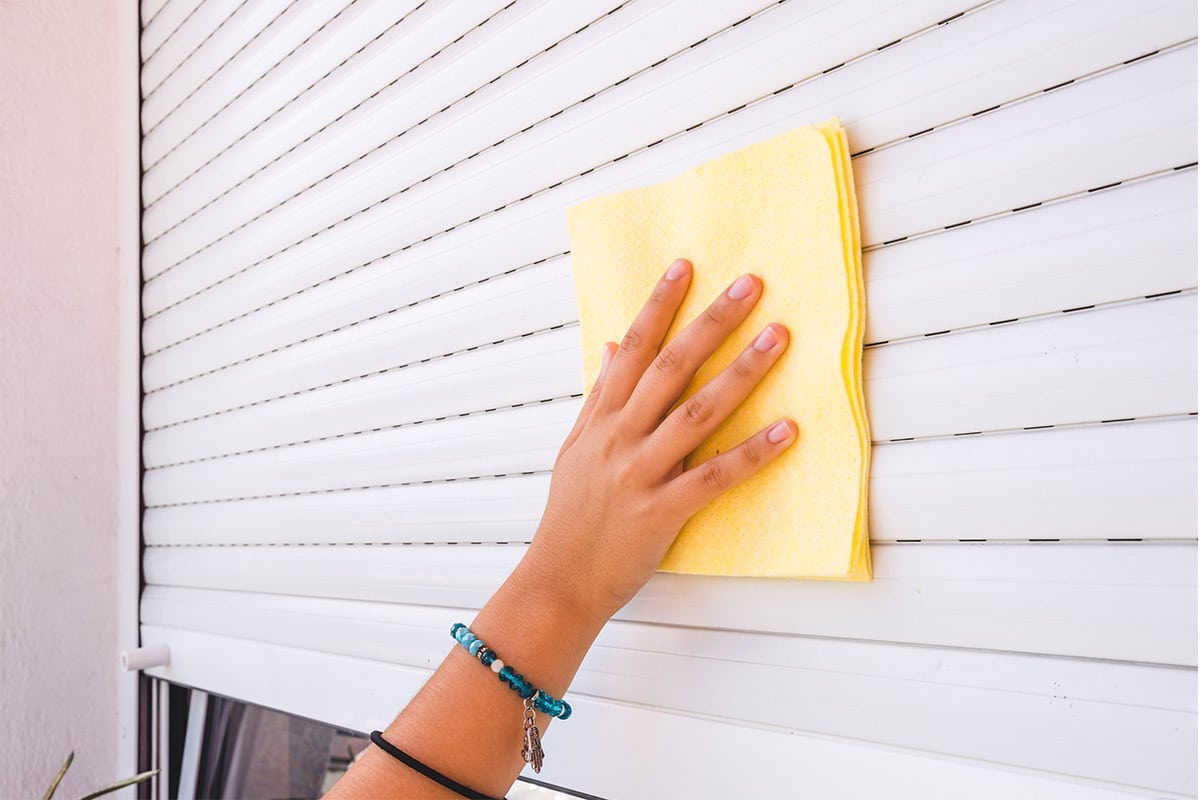
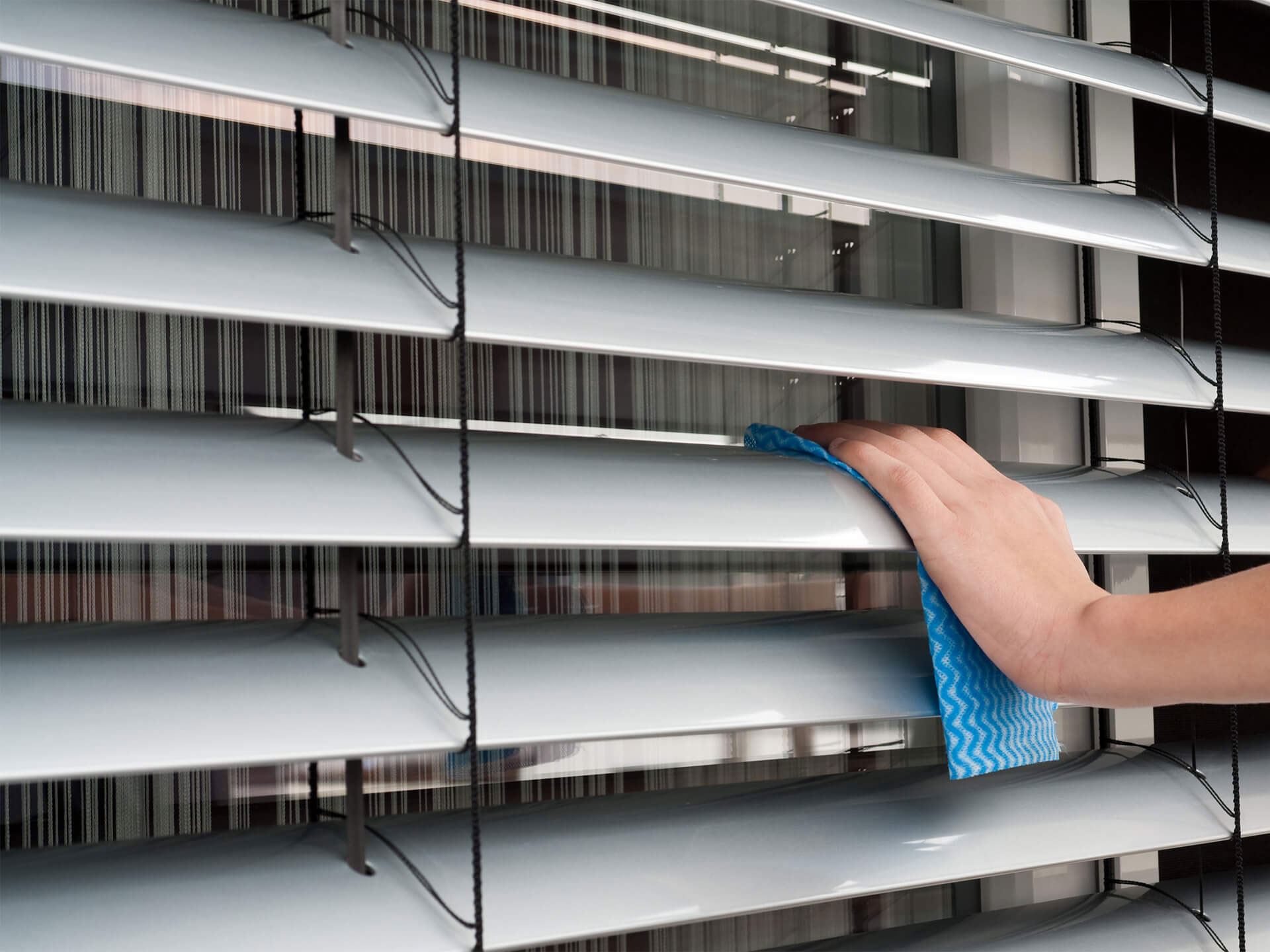
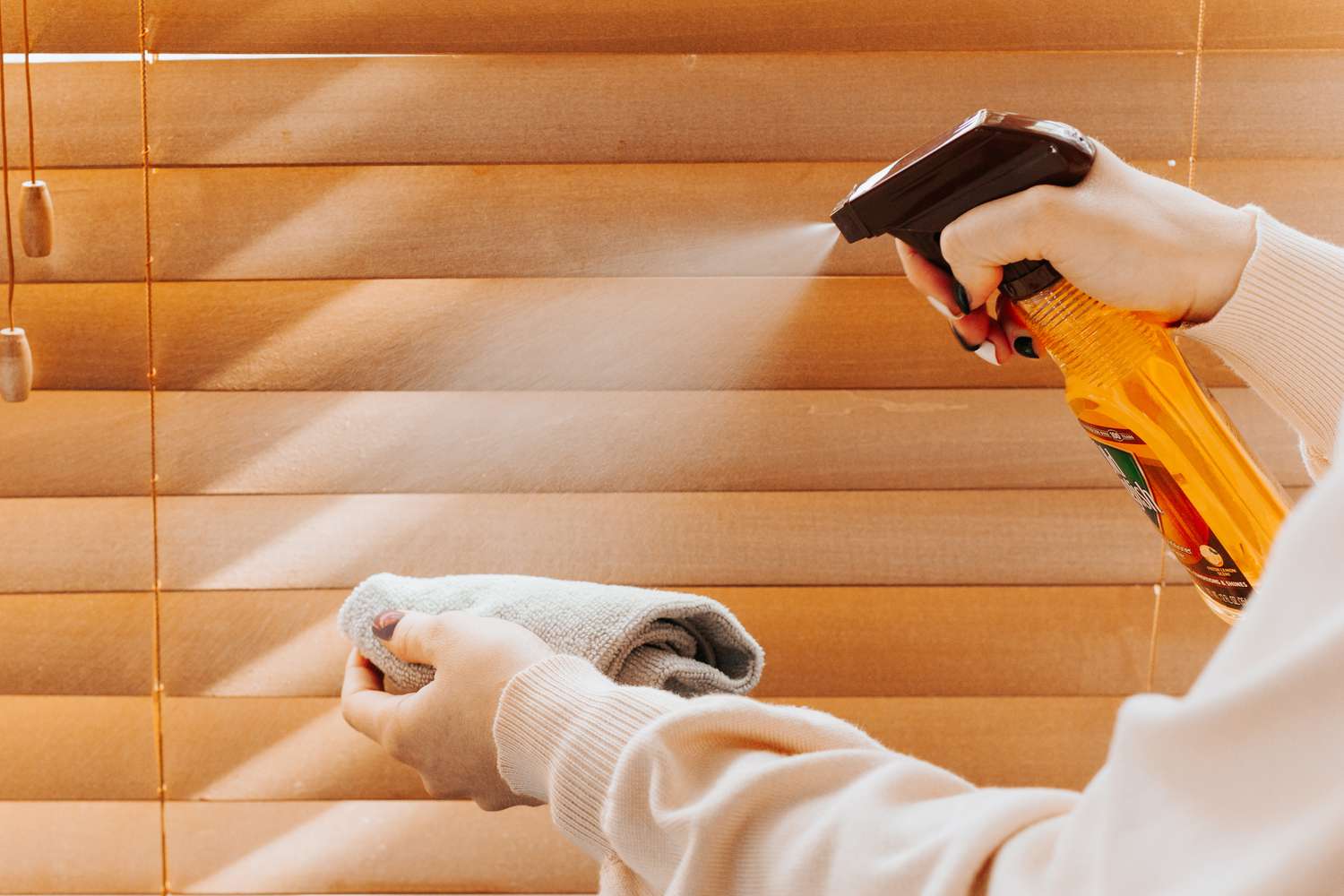


0 thoughts on “How To Clean Dust Off Blinds”